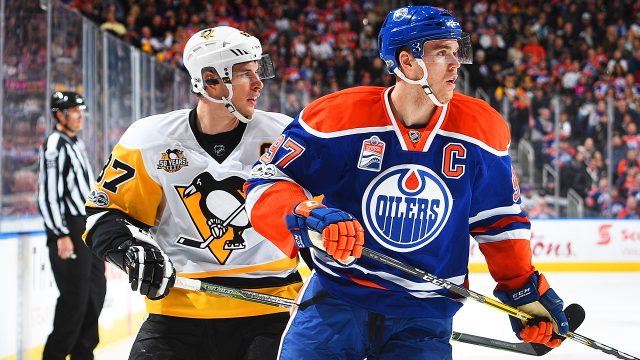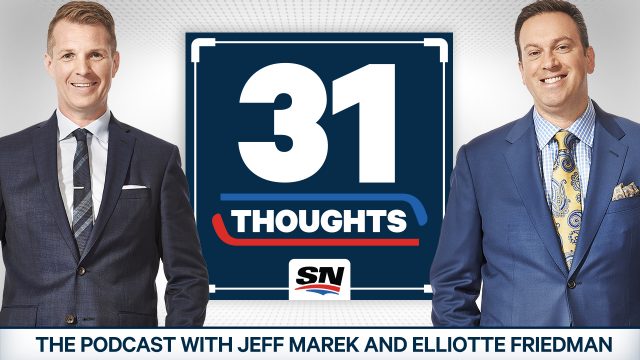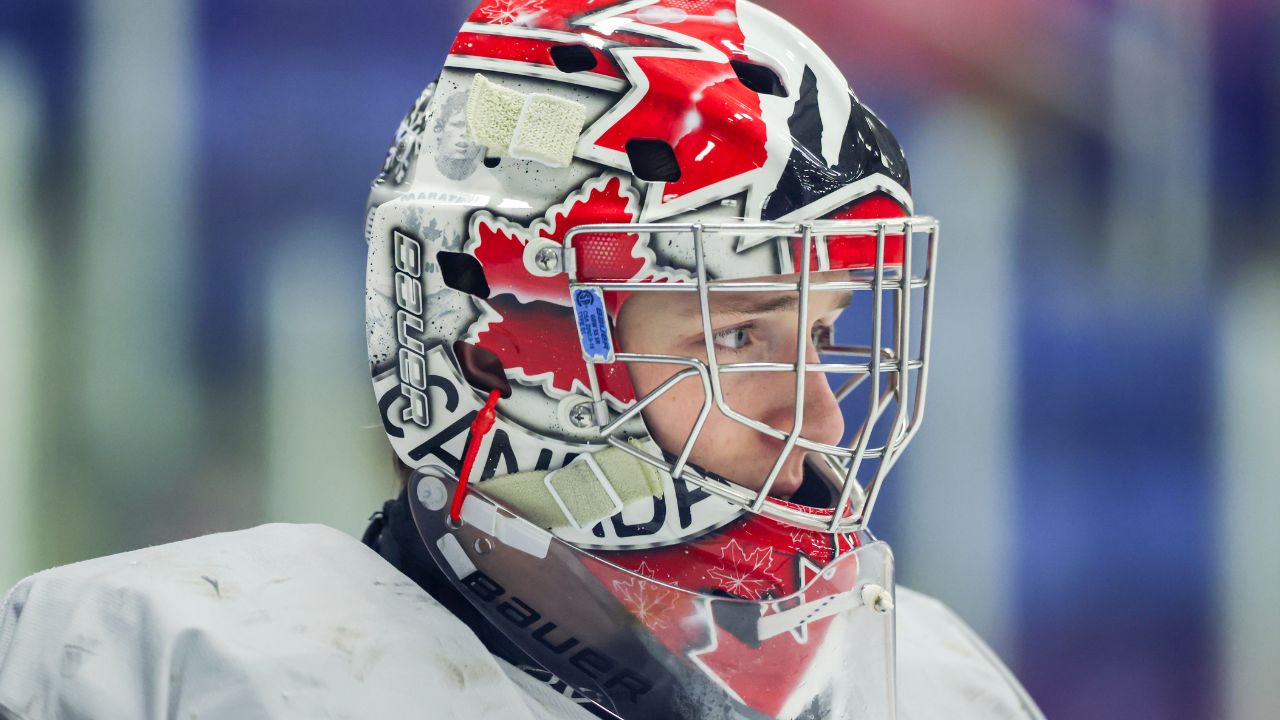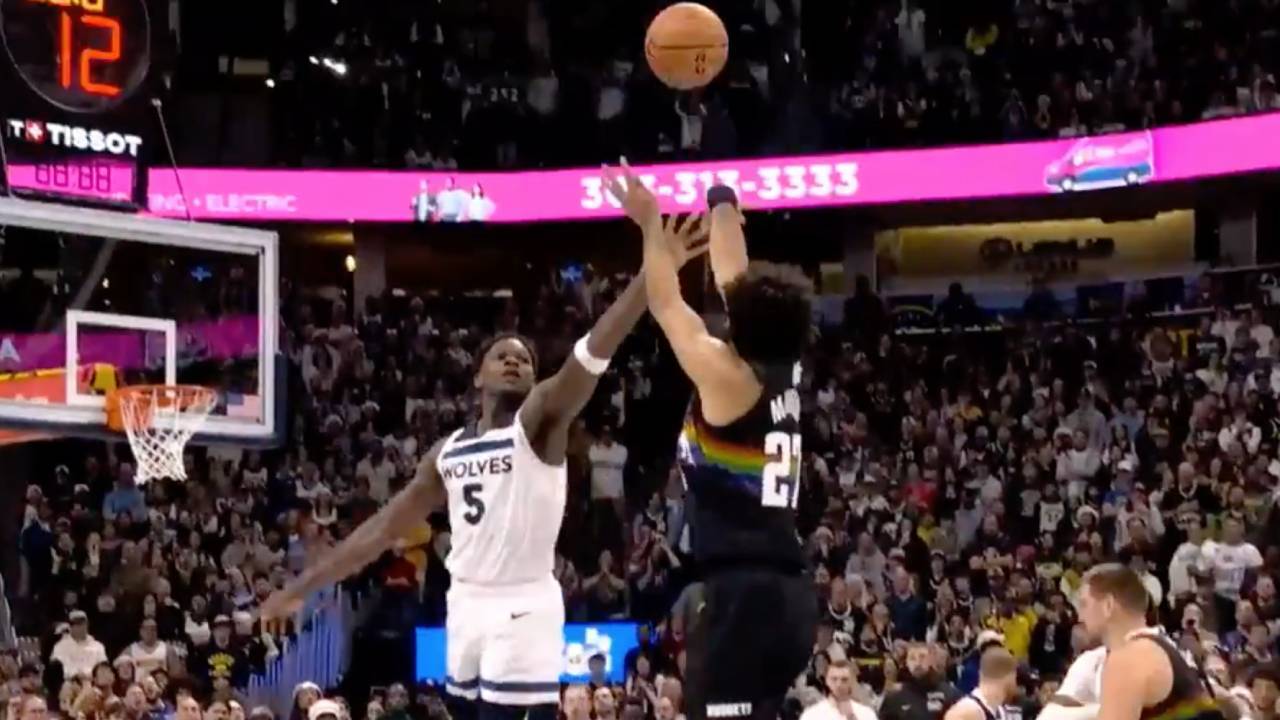
EDMONTON — Depth and the Edmonton Oilers have, for years now, been mutually exclusive.
Remember when head coach Dallas Eakins showed up at training camp in 2014 and announced, “We have two NHL centremen right now”? He wasn’t complaining. He was merely observing.
Back then, the lineup down the middle read Ryan Nugent-Hopkins, Boyd Gordon, Anton Lander, Tyler Pitlick, and an 18-year-old Leon Draisaitl. Today, Draisaitl is coming off a Hart and Art Ross Trophy season, and he is the second centre on Edmonton’s depth chart.
Nugent-Hopkins has made the permanent shift to left wing, and Kyle Turris begins life as a 3C after over 700 games as a top-six NHL centreman.
It’s fair to wonder if this Oilers roster has too many of the same player in the top six; if the defence can weather losing Oscar Klefbom for what appears to be the entire 2020–21 season; if the goaltending is good enough to win playoff rounds.
All fair questions.
But in the regular season, depth and skill carry the day — especially when the schedule is compacted and injury numbers are expected to rise. There, these Oilers are better than they’ve been in years, as general manager Ken Holland had a second free agent season to work his lineup.
So let’s take a look at what the Oilers look like on coach Dave Tippett’s whiteboard, starting with the position that Eakins once questioned. One that, today, could be the strongest position group in the NHL.
CENTRE
1. Connor McDavid
2. Leon Draisaitl
3. Kyle Turris
4. Gaetan Haas
5. Jujhar Khaira
What more do you need in your top six than the NHL’s two leading scorers from the 2019–20 season? McDavid and Draisaitl are a luxury that any team would be happy to have one of, and Turris is likely over-qualified (offensively) as a 3C.
The only questions arise defensively, and on the penalty kill. Which centre will win the big draws, play against the opposition’s best guy, and have the ability to protect a third-period lead — an issue in the Oilers’ qualifying-round loss to Chicago?
This group can score with anyone’s stable of centremen. But if Jonathan Toews is going to eat their lunch at crunch time, as he did in the summertime, then there is still room for improvement.
That could come in a legit fourth-line centre on a short-term deal, a likely deadline add for Holland.
LEFT WING
1. Nugent-Hopkins
2. Dominik Kahun
3. James Neal
4. Tyler Ennis
5. Joakim Nygard
The addition of Kahun really helps balance the Oilers’ top six — providing he is a legit top-six left winger. He’ll likely start next to Draisaitl, his countryman whom he has played with since they were 14-year-olds. That allows Nugent-Hopkins to reside next to McDavid, balancing the top lines nicely.
Nugent-Hopkins is in a contract year, but between the new NHL pandemic economy and the fact RNH is now being deployed as a full-time winger, he likely won’t command a giant raise from his current $6-million price tag. He’s a perfect complement to either McDavid or Draisaitl, as all three are neither pass- nor shoot-first players, which means they can trade pucks all night long without caring who gets the goals.
Below them is a bit of a weird mix: The $5.75-million Neal, who still has game but lacks foot speed; Tyler Ennis, who can work higher in the lineup in a pinch, but is basically a bottom-six left winger and doesn’t help team size; and Nygard, who is injured again in Europe. Tyler Benson bears a mention, but he needs to find some foot speed to parlay those AHL smarts into NHL success.
RIGHT WING
1. Zack Kassian
2. Kailer Yamamoto
3. Jesse Puljujarvi
4. Josh Archibald
5. Alex Chiasson
Yamamoto has emerged as a true top-six winger, and worked well with Draisaitl last season. He’s a bulldog, and even though the Oilers have too many small wingers, he is a keeper with his combination of fearlessness, hands and speed.
The Kahun addition, along with moving Nugent-Hopkins up with McDavid, buys Kassian his spot back on the top line, where he is an excellent fit as a guy who can protect The Franchise, trade pucks with high-skill players and skate well enough to handle the extra ice time. They’re paying Kassian $3.2 million in a pre-pandemic contract where he was fortunate on the timing. But playing with McDavid and RNH, Kassian can earn that dough if he brings it every night.
Is Puljujarvi the Oilers’ third best right-winger? Not yet, but he will get the opportunity to prove he can be. Heck, if he’s good enough, he’ll take Kassian’s spot. But for now, the big Finn just needs to settle into the league and prove he can be an everyday player, likely next to Turris.
Archibald is much like Yamamoto — a small package with lots of bite. Chiasson, meanwhile, will have to fight for ice time on a crowded right side.
LEFT DEFENCE
1*. Oscar Klefbom (*LTIR)
1. Darnell Nurse
2. Caleb Jones
3. Kris Russell
4. Philip Broberg/William Lagesson
Losing your top minutes guy is a kick in the gut, but all indications are that Klefbom (shoulder) will go on LTIR when the season begins and perhaps not play a shift in 2020–21. So Nurse moves up the white board and will have to munch some extra minutes, as will Jones.
The former has 350 games played, so tacking on a couple of extra minutes per night is likely doable. Jones is the wild card — he has played just 60 games and averaged just 14:08 per game last season. Can he play 21 minutes? That’s a 50 per cent jump.
Russell will anchor the third pair and kill penalties before being left open in the expansion draft, and then we will see which of Broberg, Lagesson or Evan Bouchard make the team. Neither Broberg or Bouchard are well-served with a season as a No. 7, so unless one of them proves he can play every night Lagesson has the inside track on the No. 7 job in Edmonton.
RIGHT DEFENCE
1. Ethan Bear
2. Adam Larsson
3. Tyson Barrie
4. Evan Bouchard
We’ll give Bear No. 1 status, as he plays with Nurse and should see commensurate ice time. He is just a sophomore, however, so there is no guarantee that he’ll be able to handle top-pairing minutes and matchups as well as Nurse.
Larsson is coming off of an injurious season and had a terrible qualifying round. Now he’ll be without his partner, Klefbom, and likely tasked with bringing along Jones. It’s a contract year for Larsson, and he needs to re-establish himself as a reliable, physical and hard-to-play-against defenceman.
After that it’s Barrie, brought in to take Klefbom’s spot atop the power play. He’ll love playing with the Oilers’ top six forwards when they have the puck, but Barrie has to prove he can survive when Edmonton does not have possession. Barrie’s reputation is, as they say, that he is exciting at both ends of the rink. On a one-year free agent deal in Edmonton, Barrie could find a longer-term deal if he can only show he is capable without the puck.
Then there is Bouchard, a second-year pro currently playing in Sweden. Privately, there is some concern on the progress of this No. 10–overall defenceman. That would easily be washed away if he walked into camp the way Broberg did last summer, and show his superiority. Anything less, however, and Bouchard will remain in the AHL, as Holland isn’t the type of GM to waste a year of development as a No. 7 or 8 defenceman in the NHL.
GOALIES
1. Mikko Koskinen
2. Mike Smith
3. Anton Forsberg
That Holland went hard after Jacob Markstrom in free agency tells you what he thought about his goaltending last season. That he brought back the same tandem is out of necessity, after he lost out on Markstrom and then spent money replacing Klefbom and snapping up several helpful pieces on one-year deals.
Koskinen, who had a .917 save percentage last season, isn’t the problem. It is the aging Smith (38) who has Oilers fans worried — both in his game and the fact that Koskinen has proven unable to handle too many starts should Smith get hurt. Forsberg is a veteran insurance plan.
The Oilers will eventually upgrade here. They just could not do so this summer.







